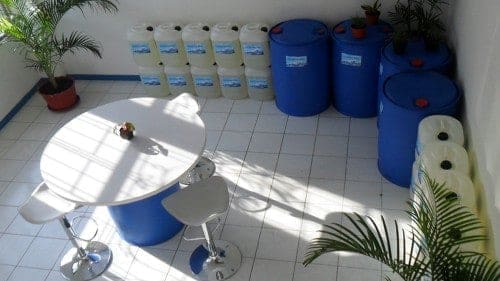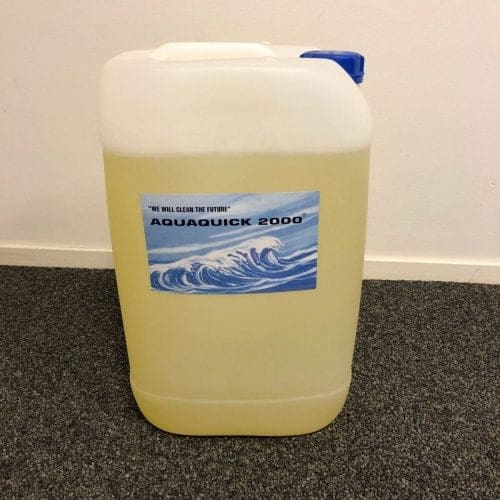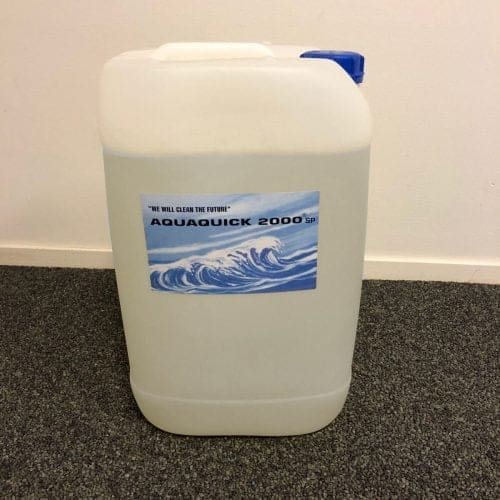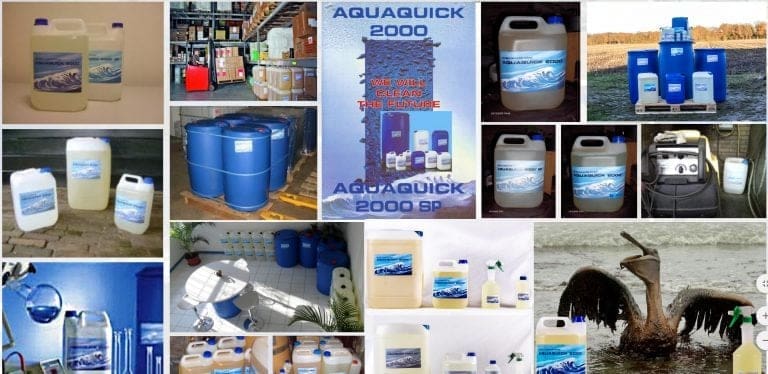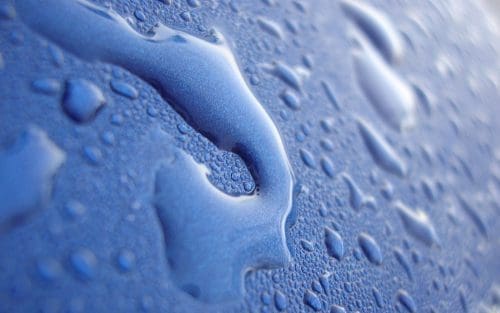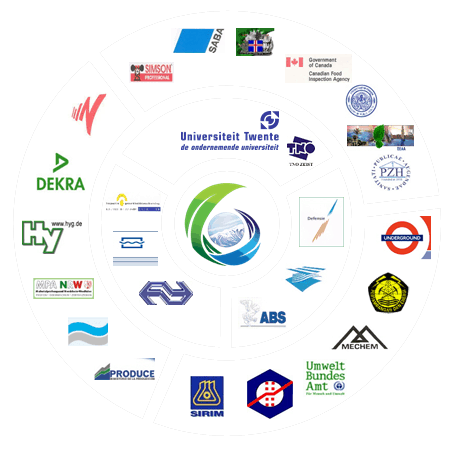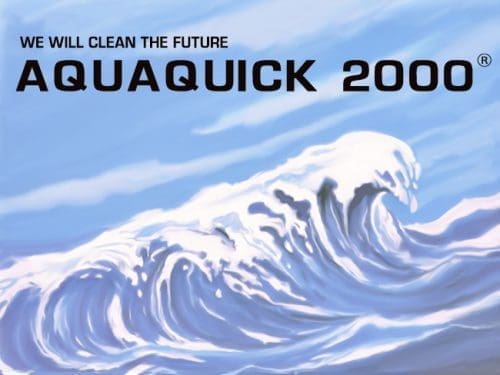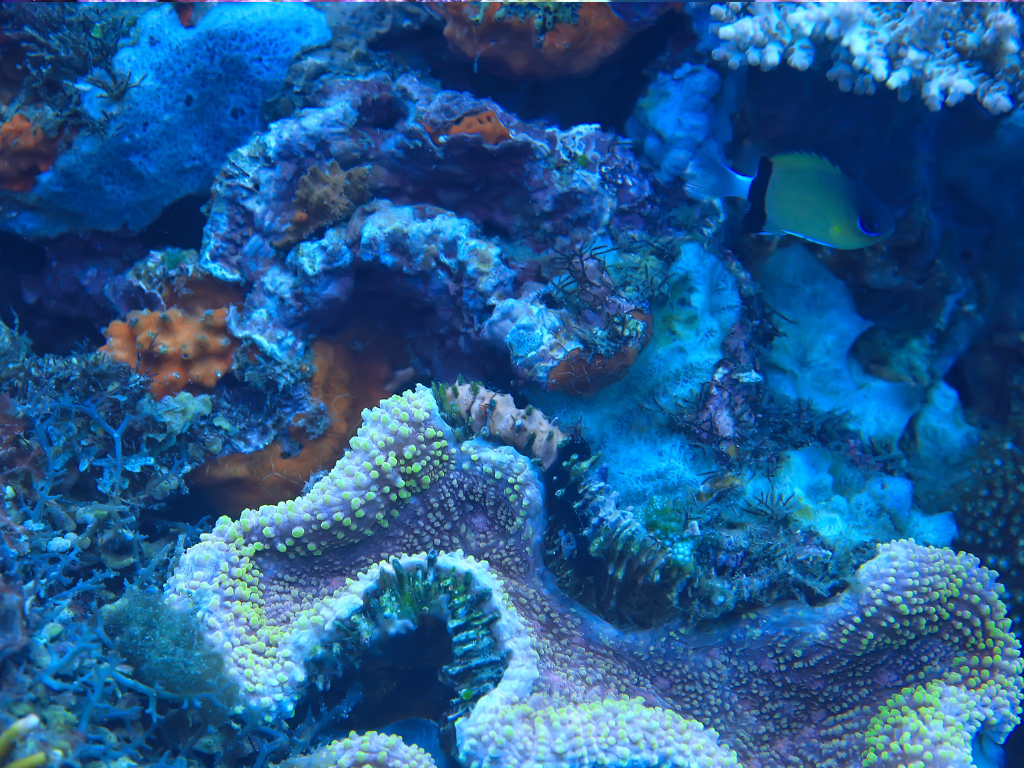Diatoms are a common occurrence in marine tanks, especially for new tank setups. If you’re dealing with a diatoms marine tank, you’re not alone. These brownish microalgae can quickly cover the glass, substrate, and even corals, making your tank appear cloudy and dirty. While diatoms are generally harmless, they can be unsightly and require management to keep your marine tank healthy and visually appealing.
In this article, we’ll explore what causes diatoms to form, how to manage them, and what steps you can take to prevent them from taking over your diatoms marine tank. We’ll also mention effective solutions like AQUAQUICK, a safe and eco-friendly cleaner for maintaining your tank’s hygiene.
What Are Diatoms?
Diatoms are a type of algae that thrive in both freshwater and saltwater environments. They have silica-based cell walls that make them appear glassy. In a diatoms marine tank, they usually show up as a brown or yellowish film that coats the surfaces of the tank, including glass, rocks, and even live corals.
Why Diatoms Appear in a Marine Tank
Diatoms are often the first algae to appear in new tanks because of various factors:
- High Silicate Levels: Diatoms feed on silicates, which are commonly found in tap water and low-quality salt mixes. In a diatoms marine tank, high silicate levels can encourage their growth.
- Nutrient Imbalance: Excess nutrients like phosphates and nitrates provide diatoms with the fuel they need to grow. Improper feeding and lack of water changes can contribute to this issue.
- Lighting Conditions: Poorly optimized lighting can stimulate diatom growth. Tanks exposed to too much light often see diatom blooms more frequently.
Are Diatoms Harmful?
While diatoms themselves are not directly harmful to marine life, they can cause problems if left unmanaged. In a diatoms marine tank, their overgrowth can lead to oxygen depletion, especially at night when they respire. Diatoms can also outcompete beneficial algae for nutrients, affecting the overall balance of your tank.
Effective Ways to Control Diatoms in a Marine Tank
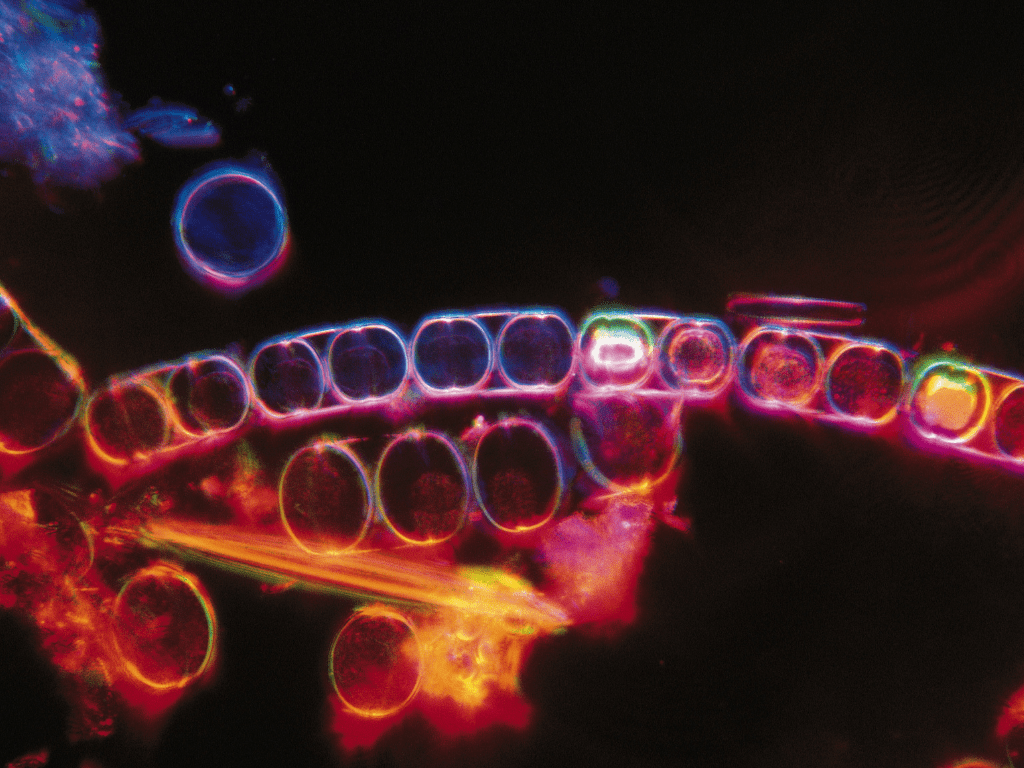
Controlling diatoms in a diatoms marine tank requires a combination of good tank hygiene, proper nutrient management, and the right cleaning methods. Here are some effective strategies to reduce and manage diatoms in your tank.
Regular Maintenance and Water Changes in Diatoms Marine Tank
One of the most important things you can do for your diatoms marine tank is to stay on top of regular maintenance:
- Frequent Water Changes: Conducting regular water changes helps remove excess nutrients and silicates from the water. Using RO (reverse osmosis) water instead of tap water is especially important, as it reduces the amount of silicates entering the tank.
- Substrate Cleaning: Diatoms often thrive on the tank substrate. Regularly vacuuming the substrate during water changes can help remove diatoms before they take over.
- Glass Cleaning: The glass of your diatoms marine tank can quickly become covered in a diatom film. Use a scraper or sponge to keep it clean. Using eco-friendly products like AQUAQUICK ensures that your tank stays clean without harming your marine life.
Reducing Silicates in the Water
Because diatoms feed on silicates, managing these levels is key to controlling their presence. Here are a few ways to reduce silicates in your diatoms marine tank:
- Switch to RO Water: Tap water is a common source of silicates. Switching to RO water can significantly reduce silicate levels and minimize diatom blooms.
- Use Silicate Absorbers: Many aquarists add silicate-removing products to their tank’s filtration system to reduce diatom growth. These products help absorb silicates from the water, starving the diatoms.
- High-Quality Salt Mix: Low-quality salt mixes can introduce silicates into your tank. Opt for high-quality, silicate-free marine salt to minimize the risk of diatoms in your diatoms marine tank.
Nutrient Management
Nutrient control is critical to maintaining a balanced diatoms marine tank. Diatoms feed on nitrates and phosphates, so managing these nutrients will limit their growth.
- Test Water Regularly: Regularly test your tank water for phosphate and nitrate levels. Keep these levels as low as possible to reduce diatom growth.
- Proper Feeding: Overfeeding contributes to excess nutrients in the tank. Feed your fish only what they can consume in a few minutes, and remove any uneaten food.
- Filtration Upgrades: Consider upgrading your tank’s filtration system to improve nutrient export. Protein skimmers, phosphate reactors, and refugiums can help reduce nutrient levels in your diatoms marine tank.
Lighting Adjustments to Reduce Diatom Growth
Diatoms thrive under specific lighting conditions, so adjusting your tank’s lighting can make a big difference in controlling their growth.
Optimal Lighting for Diatom Control
- Reduce Lighting Intensity: If your tank’s lighting is too bright or remains on for extended periods, it can promote diatom growth. Reducing the intensity or shortening the light cycle can help control diatoms in your diatoms marine tank.
- Adjust Light Spectrum: Diatoms are particularly sensitive to blue light. Adjusting your tank’s lighting to favor the red or yellow spectrum may discourage diatom growth.
- Limit Natural Sunlight: If your tank is exposed to direct sunlight, diatoms can flourish. Consider moving your tank away from windows or using shades to reduce sunlight exposure.
Biological Control of Diatoms
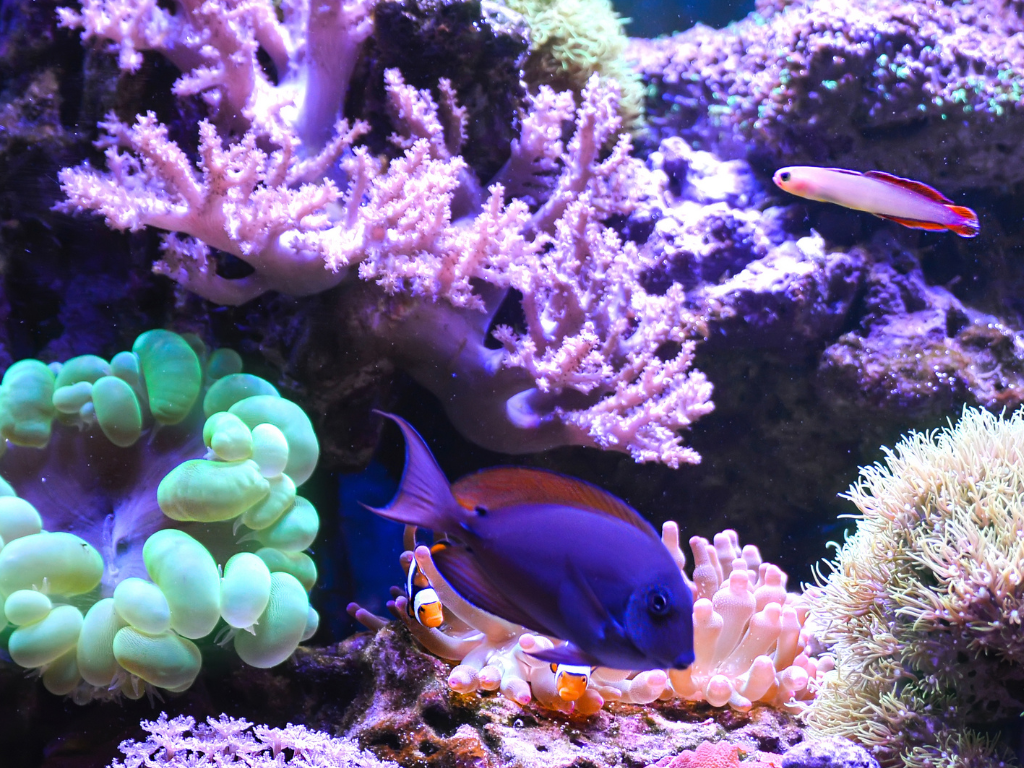
In a diatoms marine tank, biological control methods can be highly effective at reducing diatoms. Certain marine species are natural diatom consumers, and adding them to your tank can help keep diatoms in check.
Diatom-Eating Species
- Snails: Species such as turbo snails and nerite snails are known to consume diatoms and help keep tank surfaces clean.
- Crabs: Emerald crabs and certain hermit crabs are also excellent at feeding on diatoms in a diatoms marine tank.
- Fish: Some fish species, like tangs and certain blennies, are also known to graze on diatoms.
AQUAQUICK: A Safe Solution for Diatom Cleaning
While there are many products available to clean tanks, it’s essential to use something safe for marine environments. AQUAQUICK is a highly effective, biodegradable cleaning solution that can be used to clean the surfaces and equipment in your diatoms marine tank. Unlike harsh chemical cleaners, AQUAQUICK is eco-friendly and safe for all marine life, making it an excellent choice for regular maintenance.
Incorporating AQUAQUICK into your cleaning routine ensures that diatoms and other algae are kept under control without risking the health of your fish or corals. Simply use it to clean tank glass, substrate, and equipment for a spotless, diatom-free environment.
Long-Term Prevention of Diatoms
Once you’ve managed to control diatoms in your diatoms marine tank, it’s important to take steps to prevent future outbreaks. Here are some long-term strategies to keep your tank diatom-free:
- Regular Testing: Monitor key water parameters such as silicate, phosphate, and nitrate levels to catch any imbalances early.
- Consistent Maintenance: Regular water changes, substrate cleaning, and glass cleaning are crucial to maintaining a healthy tank environment.
- Lighting Control: Keep your tank’s lighting adjusted to prevent diatom-friendly conditions from developing.
- Use of Cleaners like AQUAQUICK: Incorporating a safe cleaning solution like AQUAQUICK in your routine will help you maintain a diatom-free environment.
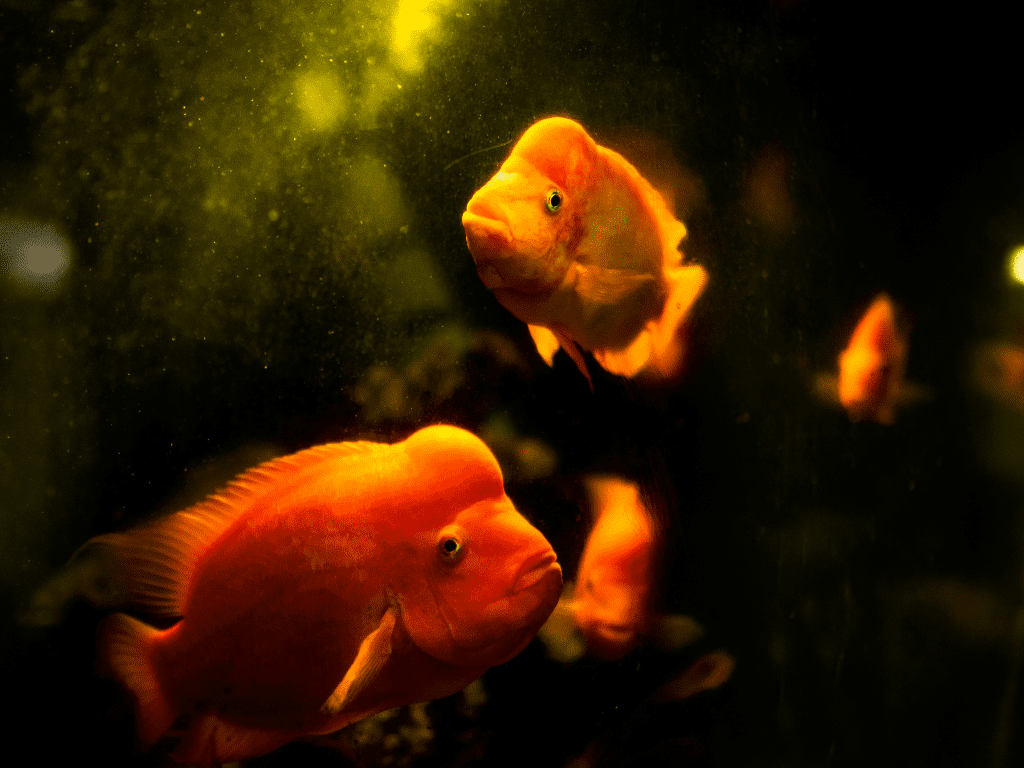
Conclusion
Dealing with a diatoms marine tank can be frustrating, but with proper care, maintenance, and the right strategies, you can effectively control and prevent their growth. Regular tank maintenance, nutrient management, and biological control methods all play a vital role in reducing diatoms. Additionally, using eco-friendly cleaning products like AQUAQUICK can make a significant difference in maintaining a clean, healthy marine tank.
By understanding the causes and solutions for diatoms in your diatoms marine tank, you can keep your tank looking beautiful and ensure a healthy environment for your marine life.


